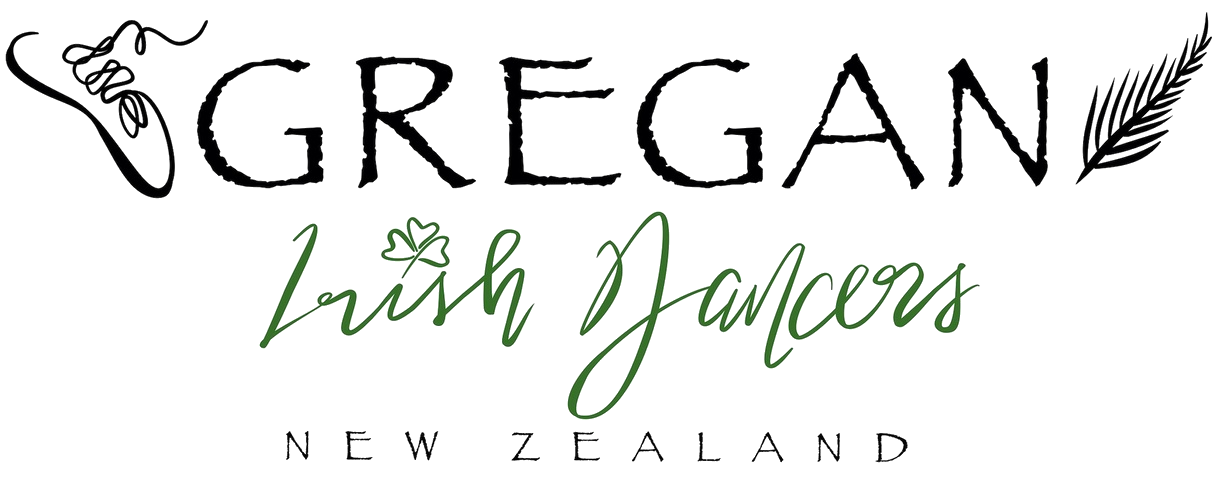THE MOGHANE TROPHY
From the Munster News - 1854:
“We were gratified on Monday with an inspection of some of the largest, most valuable and beautiful of the
Irish ornaments recently discovered near Newmarket-on-Fergus, and now in possession of Mr. William
Halpin, the respectable shopkeeper of that place, They were discovered, with many more, by four labourers
named Gregan, Haneen, Corkoran, and another...”
In March, 1854, four workers constructing the Limerick and Ennis Railway in County Clare were instructed to
level a spot near the right-of-way. Thrusting their spades into the sod, they uncovered a stone box containing
a jumble of twisted metallic objects about 46 cm beneath the surface. A few pieces were nonchalantly tossed
into the nearby waters before someone breathlessly exclaimed that the dirt-encrusted metal was actually a
treasure-trove of gold.
Known as The Great Clare Find or the Mooghaun Hoard, the box contained several hundred golden
ornaments: armlets with dilated or cup-ends, thin gold ‘gorgets,’ and many fibulae; a few ingots of gold were
also found.
Dating from around 800 BCE, this was the largest hoard of Bronze Age gold objects ever found in Western
Europe. Most historians would agree that the treasure trove must be connected in some way to Mooghaun
Hillfort, called in Irish “Moghane.
The four railroad workers who discovered the gold were reported to have eventually garnered some £6,000
for their day’s booty. This would have been a royal fortune for the men: presuming they divided the gold
equally, each of them would suddenly have been enriched by £1,500 during an era when their daily pay was
only 1s 10p (less than one-tenth of a pound sterling). Therefore, on that one Thursday in 1854 they would
have each had their fortunes enhanced by the equivalent of more than 52 years’ salary. In Newmarket that
evening the Guinness must have been flowing freely.
....and we know what one of those four lucky men did with his fortune - Gregan and three of his brothers left
Ireland soon after, sailing to Australia and eventually, for three of them, settling in New Zealand. Their great,
great, great grand-daughters are here, dancing today and celebrating their Irish heritage.
To honour of our Irish forebears, a new and prestigious class, recognising excellence in Irish Dancing has
been created at the Capital City Feis this year. Open dancers of any age perform a hornpipe, competing for
the The Moghane Trophy. The Waterford Crystal trophy is donated by May & Peter Gregan.


